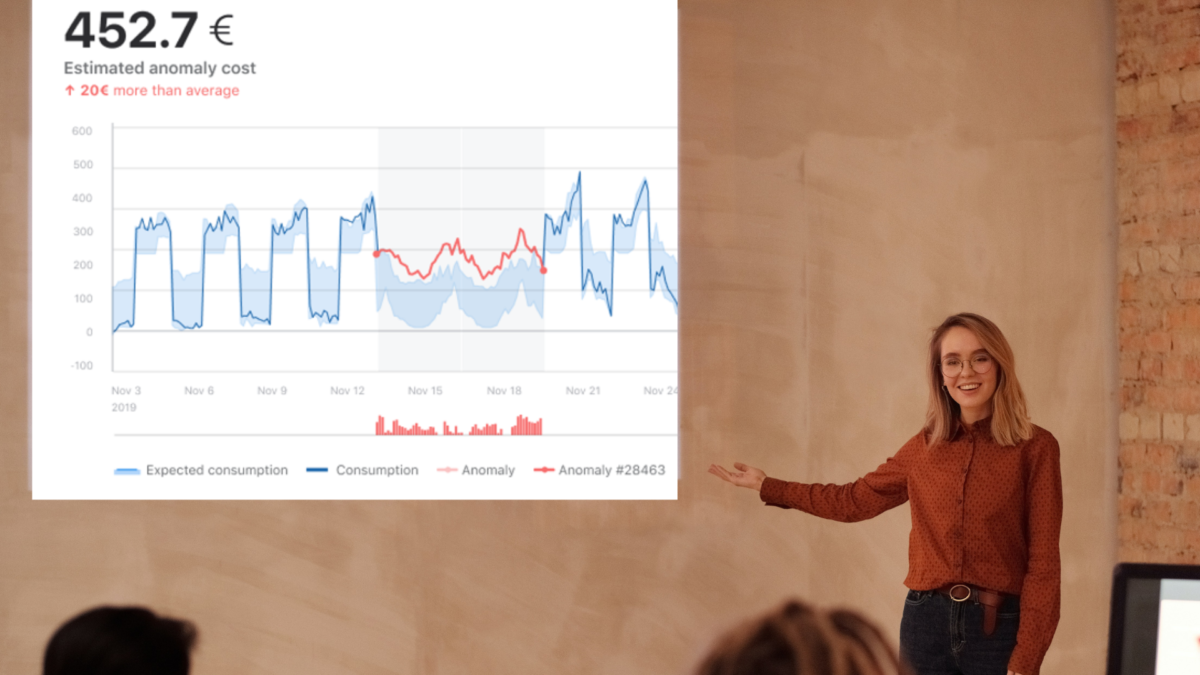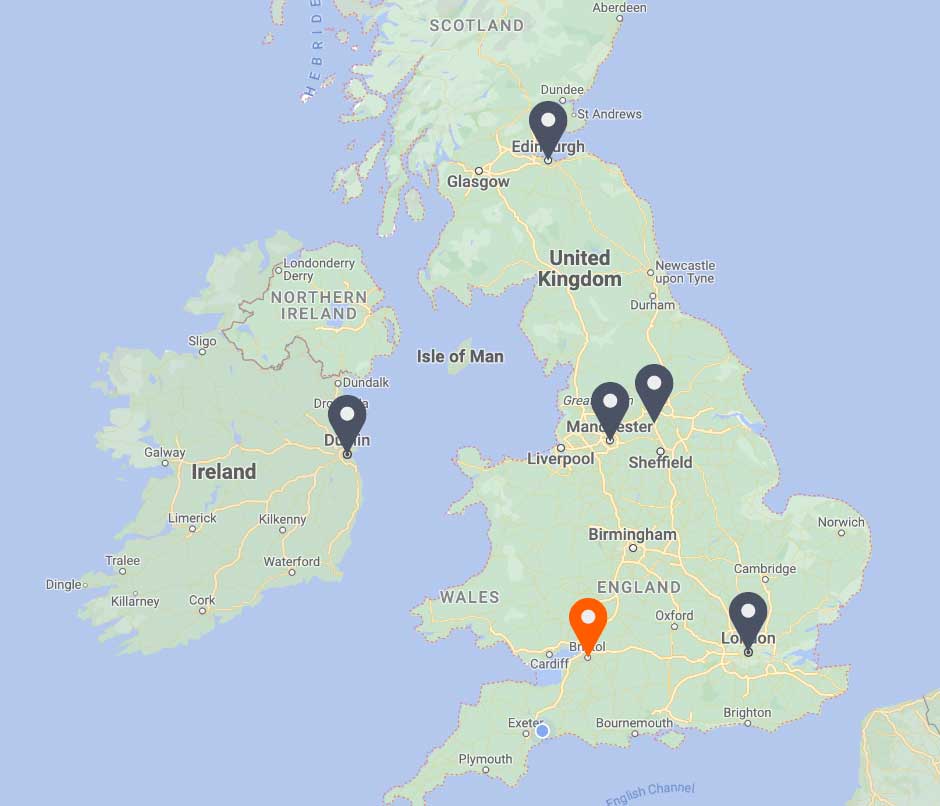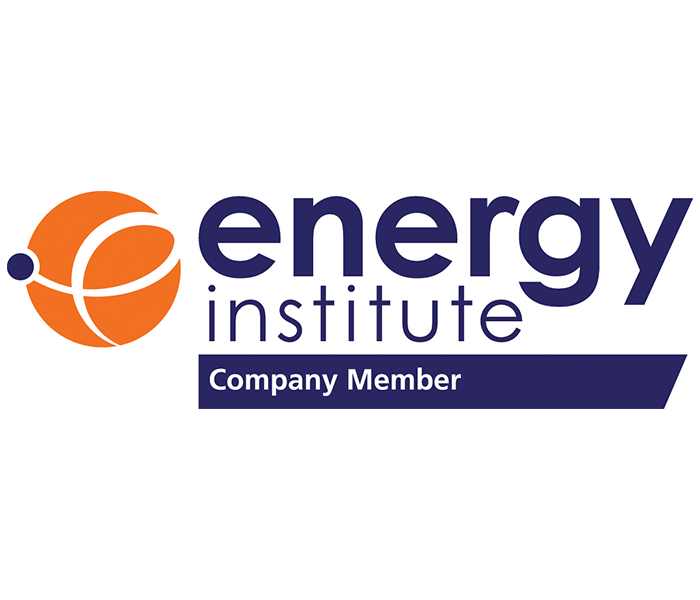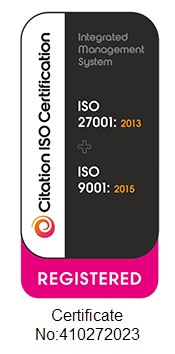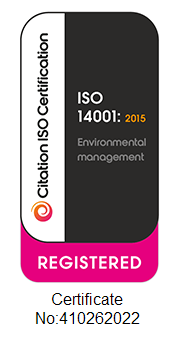
Science-based Targets
Science-Based Targets
What is SBTi? A climate action based on a transparent and strategic plan
The Science Based Targets initiative (SBTi) is a powerful international organisation, which empowers corporates to set ambitious and structural goals to reduce their GHG emissions in line with Net Zero. It has been recognised across industries globally. With its definition and guidance in science-based target setting, provision of resources, independent assessment and approval of companies’ targets, the SBTi is of paramount importance. So far, over a thousand organisations worldwide are leading the zero-carbon transformation by setting Net Zero objectives grounded in climate science from SBTi. And participating companies have seen a change in their businesses, including enhancing profitability, driving innovation and improving investor confidence.- SCIENCE-BASED TARGETS INITIATIVES
- READ OUR BLOGS
What is SBTi? A climate action based on a transparent and strategic plan
The Science Based Targets initiative (SBTi) is a powerful international organisation, which empowers corporates to set ambitious and structural goals to reduce their GHG emissions in line with Net Zero. It has been recognised across industries globally. With its definition and guidance in science-based target setting, provision of resources, independent assessment and approval of companies’ targets, the SBTi is of paramount importance. So far, over a thousand organisations worldwide are leading the zero-carbon transformation by setting Net Zero objectives grounded in climate science from SBTi. And participating companies have seen a change in their businesses, including enhancing profitability, driving innovation and improving investor confidence.
A sharp increase of Science-based targets across the UK | Don’t get left behind.
A recent SBTi report discovered that there was a visible increase of 87% in corporate climate action last year. More companies set science-based targets in that year than in the previous seven years combined. Across the UK, there were 181 companies setting science-based targets last year. This sudden surge represents corporate consciousness towards carbon reduction and their effort in a net-zero transformation. It is trusted by the most ambitious climate leaders. If you are not yet starting your science-based target setting, we offer a free consultation to guide you and share some key updates!
SBTi Corporate Net Zero Standard | Beyond Net Zero
- Near-term science-based target – 5 -10 year emission reduction targets in line with 1.5C pathways.
- Long-term science-based target – Companies should cut emissions by 2050 by aligning with 1.5°C pathways.
- Neutralization of any residual emissions – Companies combat emissions by removing and storing carbon from the atmosphere.
- Beyond value chain mitigation (BVCM) – Mitigation action or investments that fall outside of a company’s value chain
If you would like to discuss further and plan your Science-based Targets, we are happy to support you!
Carbon Reporting leads you to a sustainable future
Accelerating Net Zero Progress: Utilising Data Models for Effective Planning and Carbon Reporting.
Steps to Net Zero: Measuring Emissions and Starting Your Journey

Embark your Net Zero journey through SBTi!
At Energy & Technical Services, we work towards a brighter future by taking ambitious climate action towards a zero-carbon economy. By setting science-based emissions reduction targets, we can empower innovation and drive sustainable growth. This will help us determine the amount and speed at which we need to reduce our greenhouse gas (GHG) emissions to achieve Net Zero on time. Unlock the most scientific climate plan with Energy & Technical Services!
Your smart energy management experts
We don’t just install smart energy management systems – we have an expert team of building engineers, controls specialists, data scientists and energy and carbon managers to provide a full end to end service.
Our combined engineering, strategy and technology expertise is what sets us apart – ETS is where the digital meets physical, to save you money, ensure compliance, reach sustainability goals and maximise building performance.
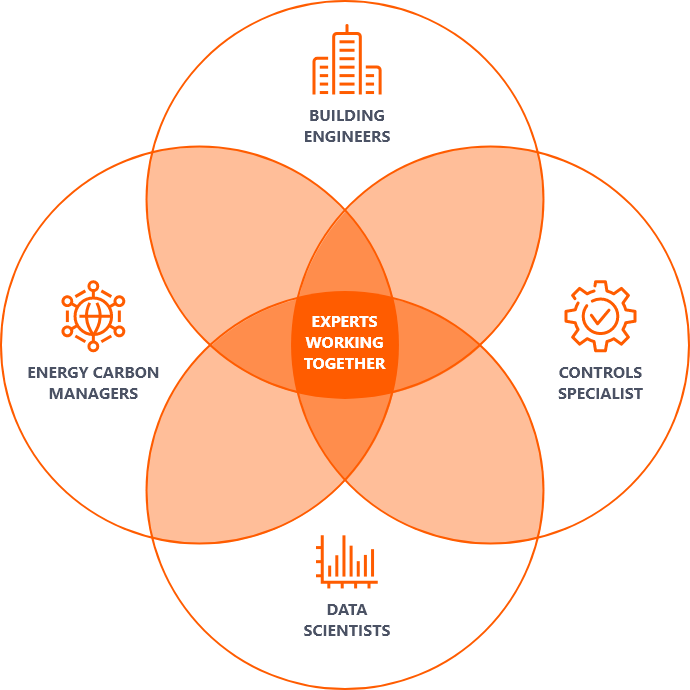
SERVICES we offer
ENERGY EFFICIENCY
We empower operational efficiency to unlock the best building performance. With our comprehensive energy performance audit and innovative BeMS implementation, we drive down costs, reduce carbon emissions and ensure occupants’ health and comfort. Going beyond the basic carbon footprint, we optimize buildings at scale.
DATA ANALYTICS
Our data-driven solutions empower energy efficiency and drive sustainable performance. We can diagnose
your energy hotspots and inefficiency patterns to unlock the best performance and forecast future consumption. ETS Energy Dashboard makes your work easier with all-in-one data engine, which enables proactive energy monitoring and instant energy corrections
Carbon consultancy
With more crucial now than ever on Net Zero targets and achievements, businesses must enhance their carbon reduction and concrete their action plan. ETS is capable of sustainable target settings, Net Zero mapping, governmental compliance guidance and carbon reporting. Our years experience guarantee the success.
Amend building services scheduling
We recommend amending building services plant and equipment schedules to align more closely with your amended operating hours. This should be done through the BMS (Building Management System) wherever possible, ensuring that all equipment is put into ‘auto’ and not left on ‘hand’ settings. This will ensure that the equipment is appropriately controlled through the BMS and aligned with updated scheduling.
Reduce any heating and air conditioning
You should reduce set points for space heating and introduce setbacks for out of hours occupancy, though you shouldn’t turn off boilers and heating equipment off fully. There will need to remain some level of cycling for building services equipment to allow for frost protection and building fabric protection. You’ll also need to take into account any partial occupancy throughout the shutdown period.
Much of the same applies to air conditioning and ventilation. Ventilation equipment should be reduced, but not turned off completely. Consideration should also be given to the use of reduced and localised ventilation through fan coil units if possible, to reduce any reliance on centralised whole-building space conditioning.
Turn off lighting and small power items where possible
Check any and all lighting that isn’t controlled by the BMS and turn off where possible, but be sure to maintain any lighting levels required to ensure safety in certain environments – for example, external lighting in urban areas as appropriate. Lighting should be reduced as much as possible, but maintaining safety while doing so is key.
Building managers should also ensure that once the building is vacated, all computers, screens and audio-visual equipment are fully turned off and not left in sleep mode. Similarly, all small power items should be turned off where appropriate and not left in hibernate.
Maintain critical water systems
It’s also crucial to take the right approach to your water systems when shutting down your building. Critical systems should be maintained, and operation kept in-line with the Health & Safety Executives Approved Code of Practice L8 to mitigate the risk of legionella upon building reactivation.
Continue to track energy consumption
It’s important to align your updated temporary strategy with any energy management software or external bureau that is being used by the building. Any alerting parameters for excessive consumption should be adjusted to align with the new operational profile.
This will enable you to have a good handle on any potential areas with excessive consumption during a shutdown or lower occupancy period. Additionally, it’s also a great way to gain insight into your baseline consumption within the property. This will then enable you to make better energy management decisions when the building comes back into full operation.
Final thoughts
In short, there’s a lot of things that can be done to minimise energy usage while maintaining building integrity and quality during a shutdown – the above represent some of the key considerations.
For additional guidance, we recommend the Building Engineering Services Association’s SFG30: Mothballing and Reactivation, which provides good holistic guidance on this topic.

Phil Bilyard
Operations Director

Phil Bilyard
Description
We combine engineering, technology and strategy expertise

Phil Bilyard
Description
All projects include Director level involvement from start to finish

Phil Bilyard
Operations Director

Phil Bilyard
Description
OUR PURPOSE:
TO TRANSFORM THE WORLD FOR THE BETTER THROUGH ENGINEERING INTELLIGENCE

Phil Bilyard
Description


Phil Bilyard
Operations Director

Phil Bilyard
Description
We combine engineering, technology and strategy expertise
All projects include Director level involvement from start to finish
OUR PURPOSE:
TO TRANSFORM THE WORLD FOR THE BETTER THROUGH ENGINEERING INTELLIGENCE
Smart energy management as a service can be broken down into five steps:
The process does not have to be linear and customers can start the journey at any stage, from initial planning through to energy audits.
Smart – think about what you’d want the outcome to be, what resources you need to apply and over what timeframe. ETS will gather all your relevant data sets and deploy experienced engineers to audit your facility and major energy users. Clever controls specialists will interrogate your control systems and experienced energy managers will make sense of all this information so that we can advise, manage, optimise and drive down your real time energy consumption.































